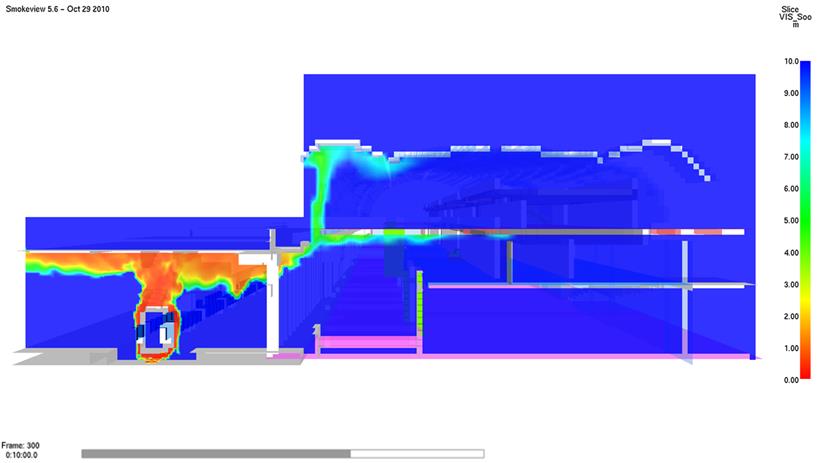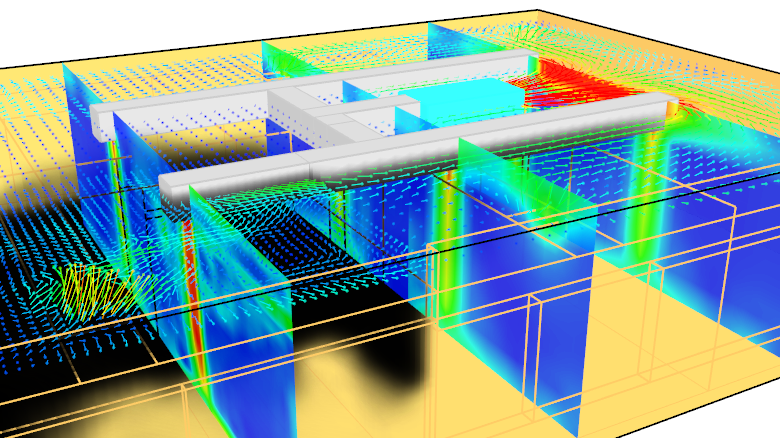

Wind effect on smoke exhaust has been modelled for baggage reclaim area.ĬFD results of smoke visibility and smoke temperature demonstrate that smoke spread is limited to the smoke zones of fire origin. Smoke vents are proposed on the façade for arrival area i.e., baggage reclaim area and on the roof for departure areas.ĬFD model is created based on actual building geometry, number of vents, vent spacing and locations, and worst-case fire scenarios for departure and arrival areas of passenger terminal building.ĭesign fire sizes include check-in hall fire, retail fire and baggage fire. Proposed smoke management system consists of smoke zones, smoke down stands/smoke curtains and natural smoke vents. PyroSim/FDS is used for CFD modelling and analysis of smoke extraction system. In order to limit the smoke spread, the space is divided into a number of smoke zones.

In this project case study, smoke management system design adopts static smoke extraction i.e., automatic openable natural smoke vents for smoke exhaust and automatic openable louvers/doors for make-up air. Hence, performance-based fire engineering approach in conjunction with the local code provision is adopted for fire safety, using CFD analysis for the design of smoke management system for control of fire and smoke spread. While local code governing high-rise buildings requires fire and smoke compartmentation, full compliance to the code is not practical due to the nature and use of passenger terminal building. The passenger terminal building of a modern international airport consists of high-rise, large volume, undivided public spaces for circulation.


 0 kommentar(er)
0 kommentar(er)
